Stellantis Invests €33 Million Euros In Global Test Centers For State-of-the-Art Engineering!
Auburn Hills, Michigan Wind Tunnel Adds Dynamic Ground Plate Technology Capable Of Accurate Aerodynamic Measurements...
Stellantis engineering teams around the world are focused on creating cutting-edge vehicles capable of delivering clean, safe, and affordable mobility. Stellantis has recently invested a total of €33 million ($34.78 million USD) in two of its global testing facilities to support the company’s long-term strategy of delivering best-in-class performance electric vehicles (EV), mastering the highest level of autonomous driving, and ensuring safe and reliable technology for its customers.
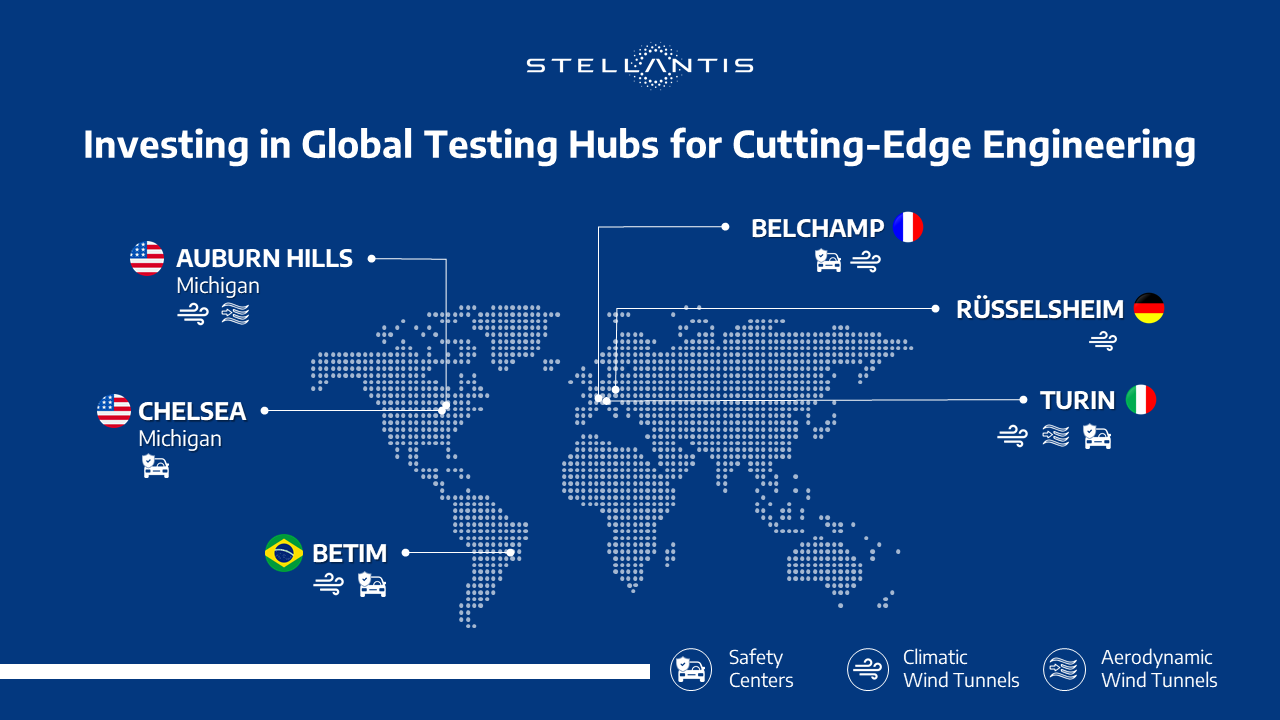
These investments, including capital goods and R&D, expand Stellantis’ global ability to design the future of mobility, accelerate its transformation into a sustainable mobility technology company and drive the company towards the goals of the Dare Forward strategic plan. 2030, notably with a 50% reduction in carbon emissions levels from 2021 to 2030 and total neutralization of emissions by 2038.
Recent Improvements –
• The Orbassano Safety Center, near Turin, Italy, has been fully integrated into digital engineering processes and significantly upgraded to receive four test tracks with four points of impact, as well as the ability to perform full-electric vehicle testing for battery-electric vehicles (BEVs) and autonomous driving technologies for passenger vehicles, trucks and light commercial vehicles.
• The Wind Tunnel in Auburn Hills, Michigan, USA, has been expanded with the addition of dynamic ground plate technology, simulating road travel and providing more accurate aerodynamic measurements of vehicles. The reduction in wind resistance benefits the BEV’s driving range.
“Our world-class technology centers today do the work that will make the Stellantis vehicles of tomorrow industry leaders in capacity, performance, and safety,” said Harald Wester, Chief Engineering Officer at Stellantis. talent, diversity, and global reach, and we are working intensively with other global functions, such as our Monozokuri partners, to accelerate our technology transformation. This gives us a comprehensive view of the changes and allows us to consider and refine a complete list of mobility solutions that will put us at the forefront of innovation and improvement.”
Testing Electric & Autonomous Driving Vehicles –
The main objectives of Stellantis’ Dare Forward 2030 strategic plan include achieving a 100% sales mix of BEV passenger vehicles in Europe, and a 50% sales mix of BEV passenger vehicles and light trucks in the United States by 2030.
The €5 million ($5.27 million USD) in improvements to the Orbassano Safety Center give it the ability to test all types of electrified vehicles – mild hybrids (mHEVs), plug-in hybrids (PHEVs), and BEVs. Currently, at least two crash tests are carried out at the facility per day and more than 275 tests of electrified vehicles will be carried out this year. Vehicles tested at Orbassano can be certified to meet more than 175 international safety and technology standards.
The crash zone of the test tracks is equipped with a Messring movable block for frontal and side crash tests and in Orbassano some of the most challenging tests in the industry, including the small overlap test on the passenger side, used by the Insurance Institute for Highway Safety (IIHS).
The Orbassano test tracks include a computer-controlled camera positioning system with 13 movable external cameras over the point of impact. In addition, the tracks include the ability to take high-speed video under the body, and up to five cameras can be mounted on board the test vehicle.
All of these insights, combined with instrument data, provide Stellantis engineers with invaluable information for evaluating current and future vehicle designs. In parallel, data is shared with Stellantis facilities around the world, including safety testing centers in Belchamp (France), Chelsea (Michigan, USA), and Betim (Brazil), to improve digital vehicle, development models.
These advanced facilities are fully integrated into Stellantis’ digital safety engineering process, enabling the most efficient development of vehicles and covering virtually every possible accident scenario.
The new tracks are ready to receive future test modalities related to the introduction of autonomous driving functions in all types of vehicles.
Orbassano’s arsenal includes static and dynamic test equipment for factors such as pedestrian collisions, roof impact and rollover, and test sleds to assess vehicle seats and interiors. Seat and interior testing has become more critical with the adoption of future autonomous driving technologies and has the potential for new cabin configurations.
A Better Breeze –
Aerodynamic efficiency is a factor that makes a crucial difference in driving when looking to optimize the distances an electrified vehicle can travel on a single charge. This requires simulating the real world of driving as accurately as possible.
At the Stellantis wind tunnel complex in Auburn Hills, Michigan, construction is underway to install dynamic ground plate (roller dynamometer) technology, which simulates road travel allowing test vehicles to remain stationary. Stellantis is investing $29.5 million in the project.
Belts allow movement of the vehicle’s four wheels, while a fifth belt runs underneath as if the car were traveling on a road. This technology also allows for the measurement of wind drag, which is the resistance associated exclusively with moving wheels and tires. It represents up to 10% of the total aerodynamic drag in the real world.
The current aerodynamics testing facility at Auburn Hills generates wind speeds of up to 140 mph (225 km/h). The installation of the dynamic ground plates, part of an estimated $85 million commitment included in the company’s 2019 contract with the United Auto Workers (UAW), is expected to go live in 2024.
The additional capacity will complement the world-class aero-acoustic wind tunnel at Auburn Hills as part of a global network of state-of-the-art centers also equipped with dynamic ground plate technology, including two installations in Europe.

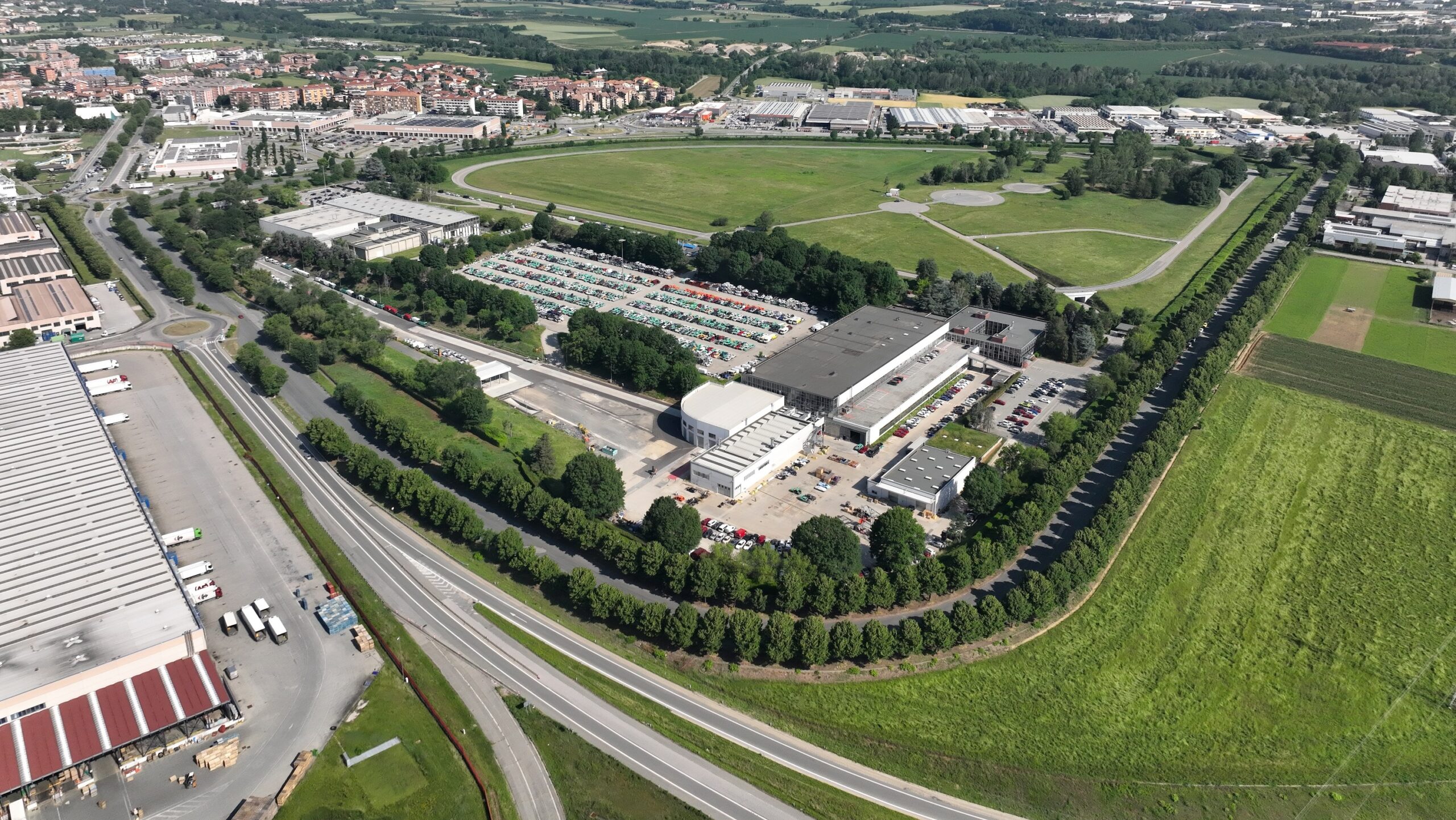
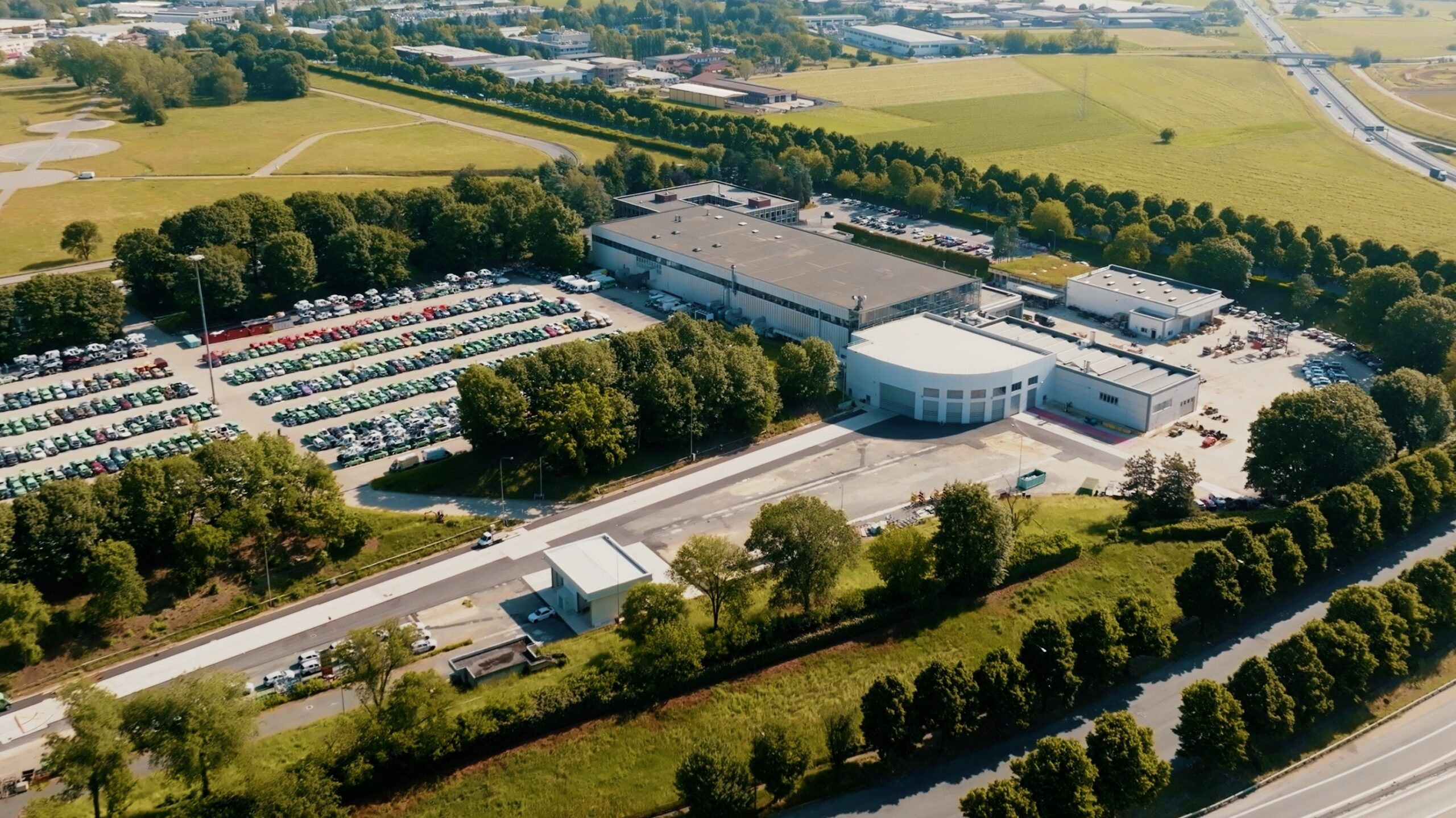

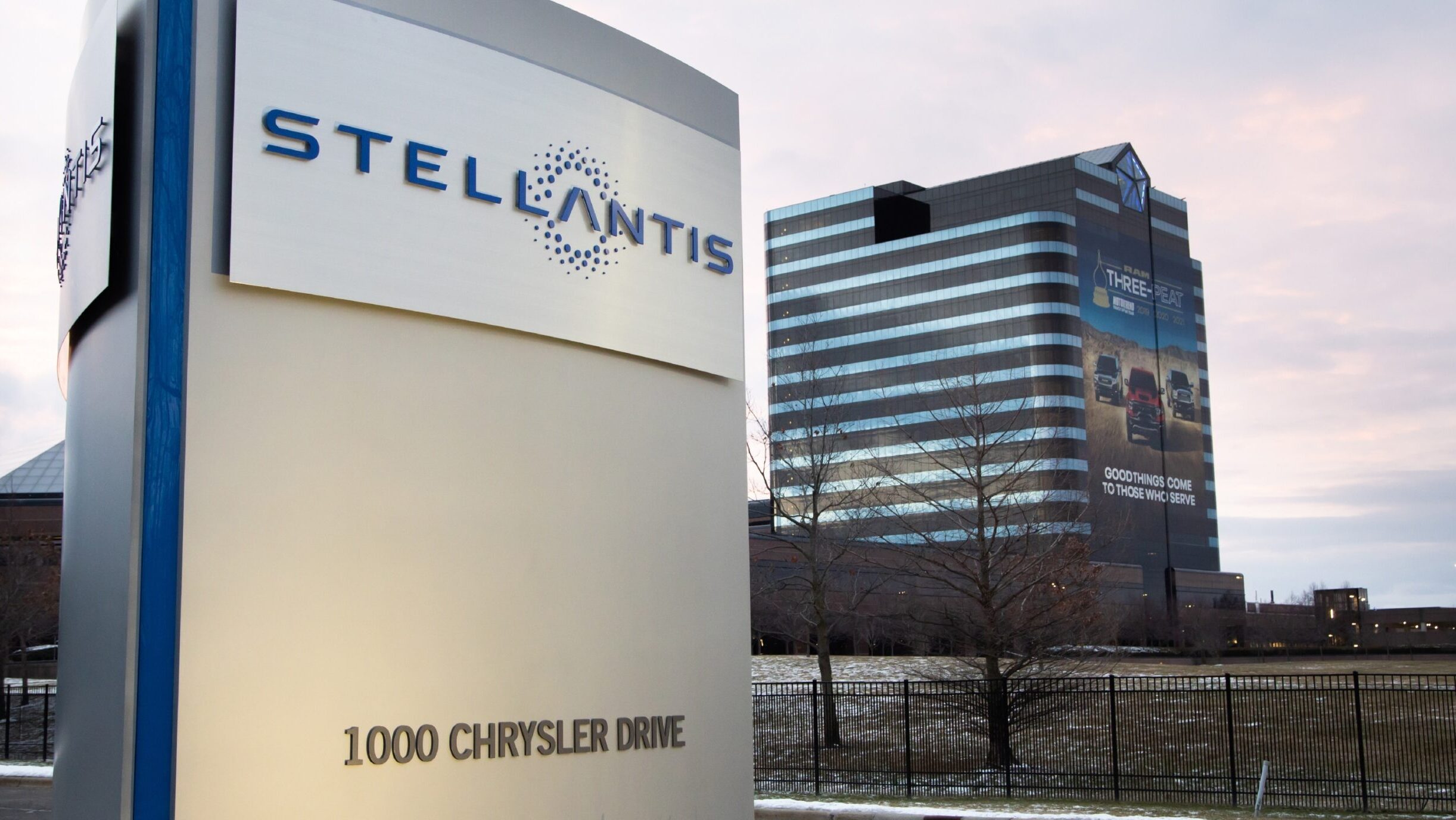

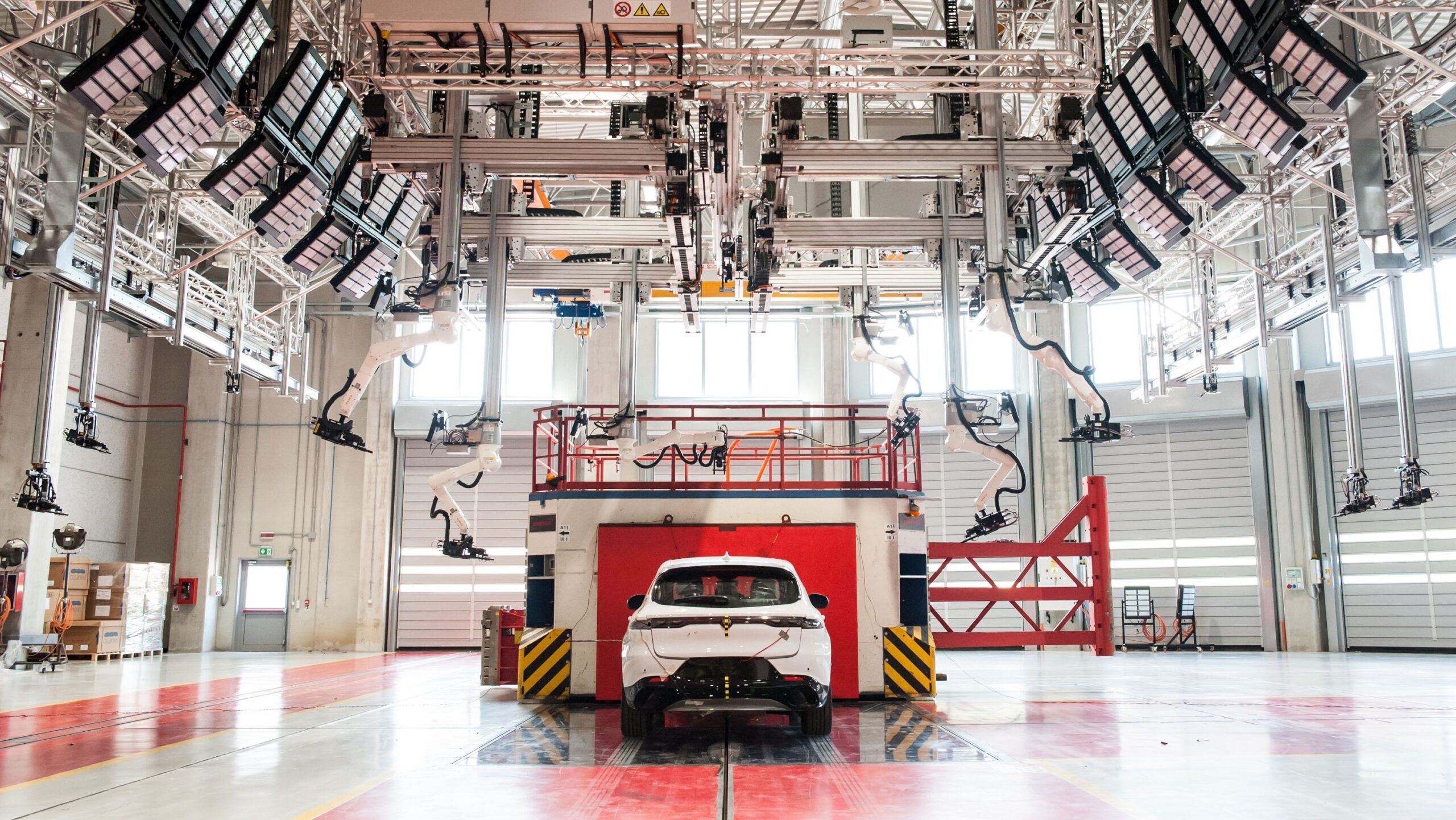
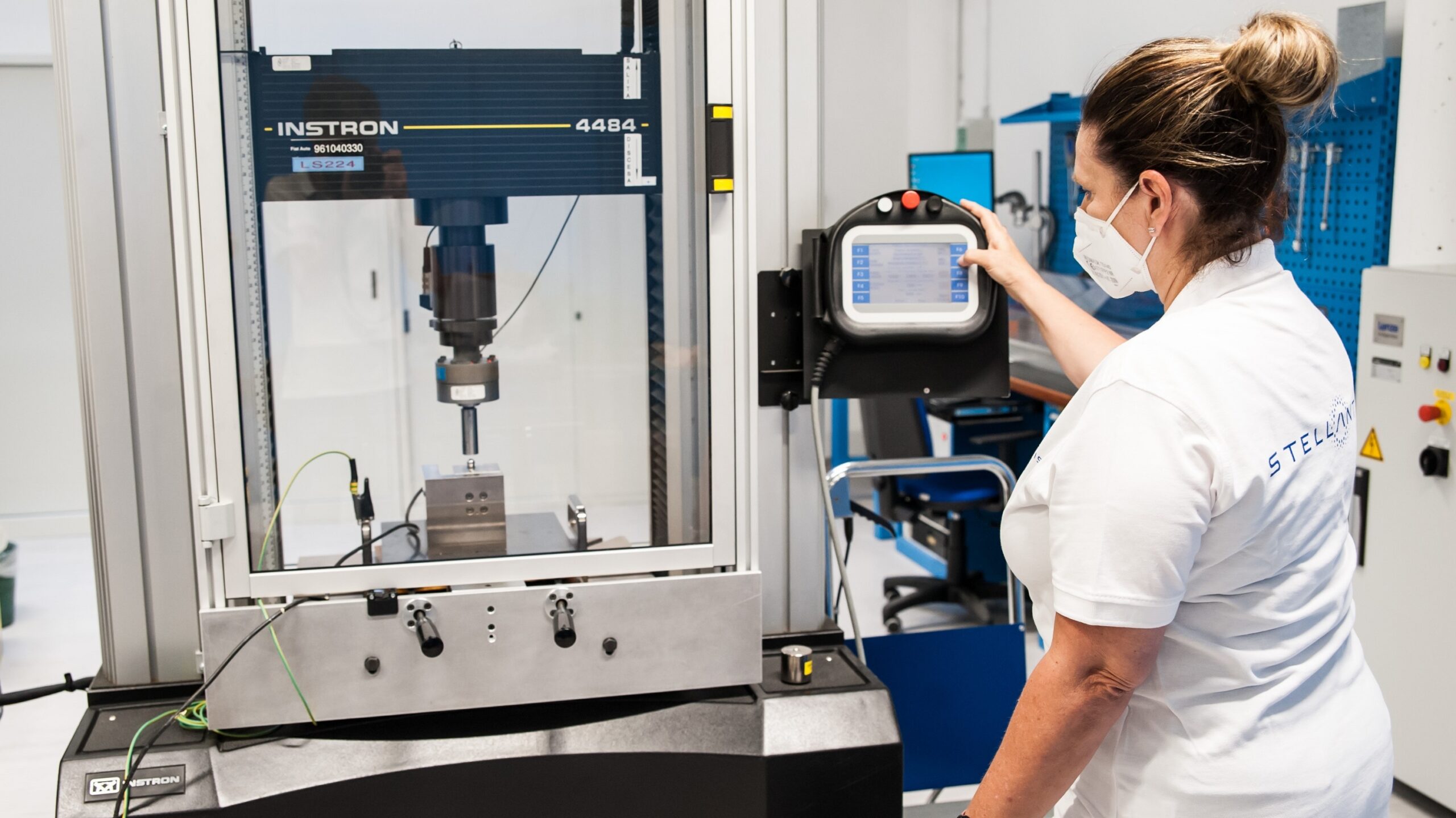
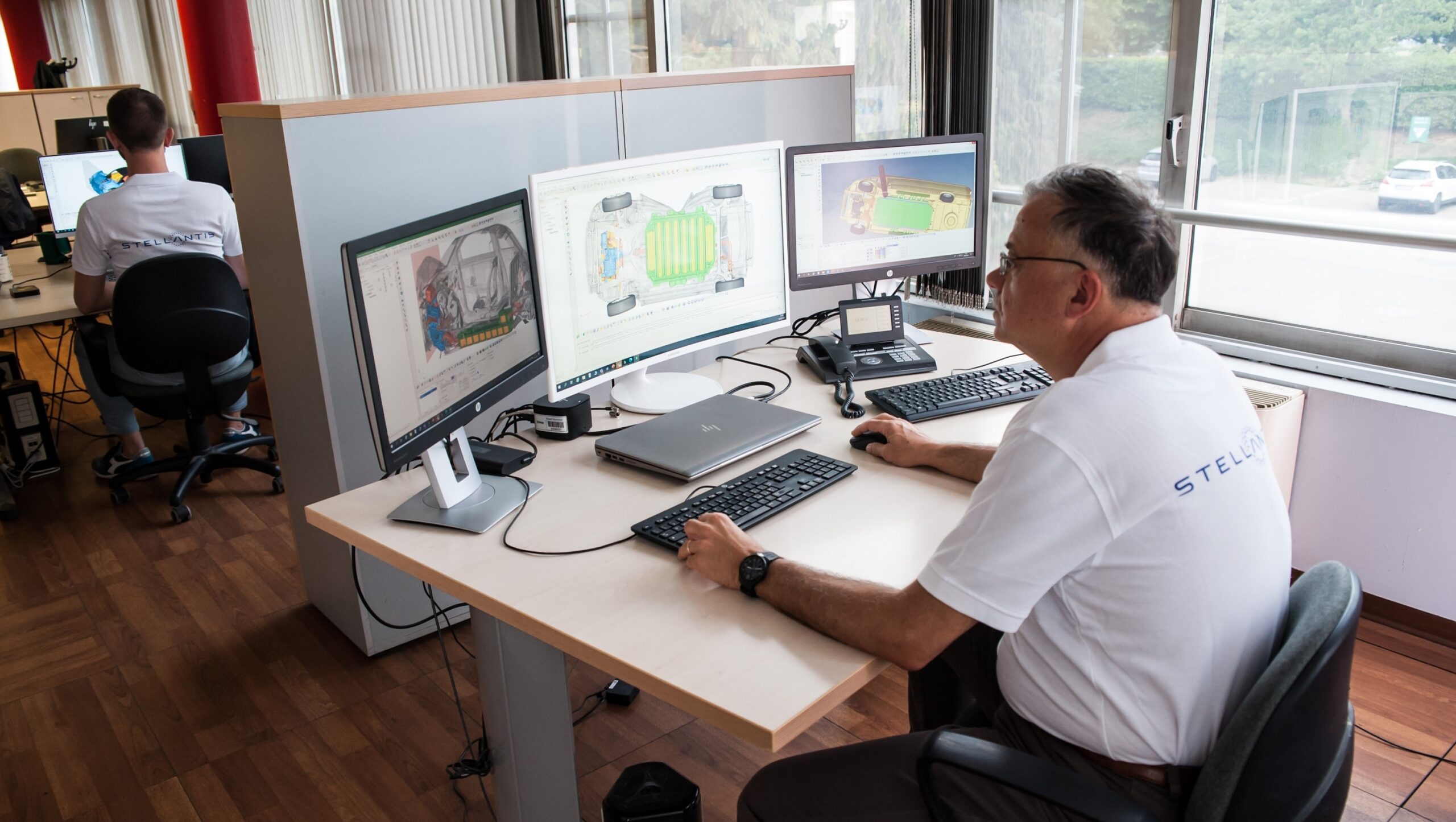
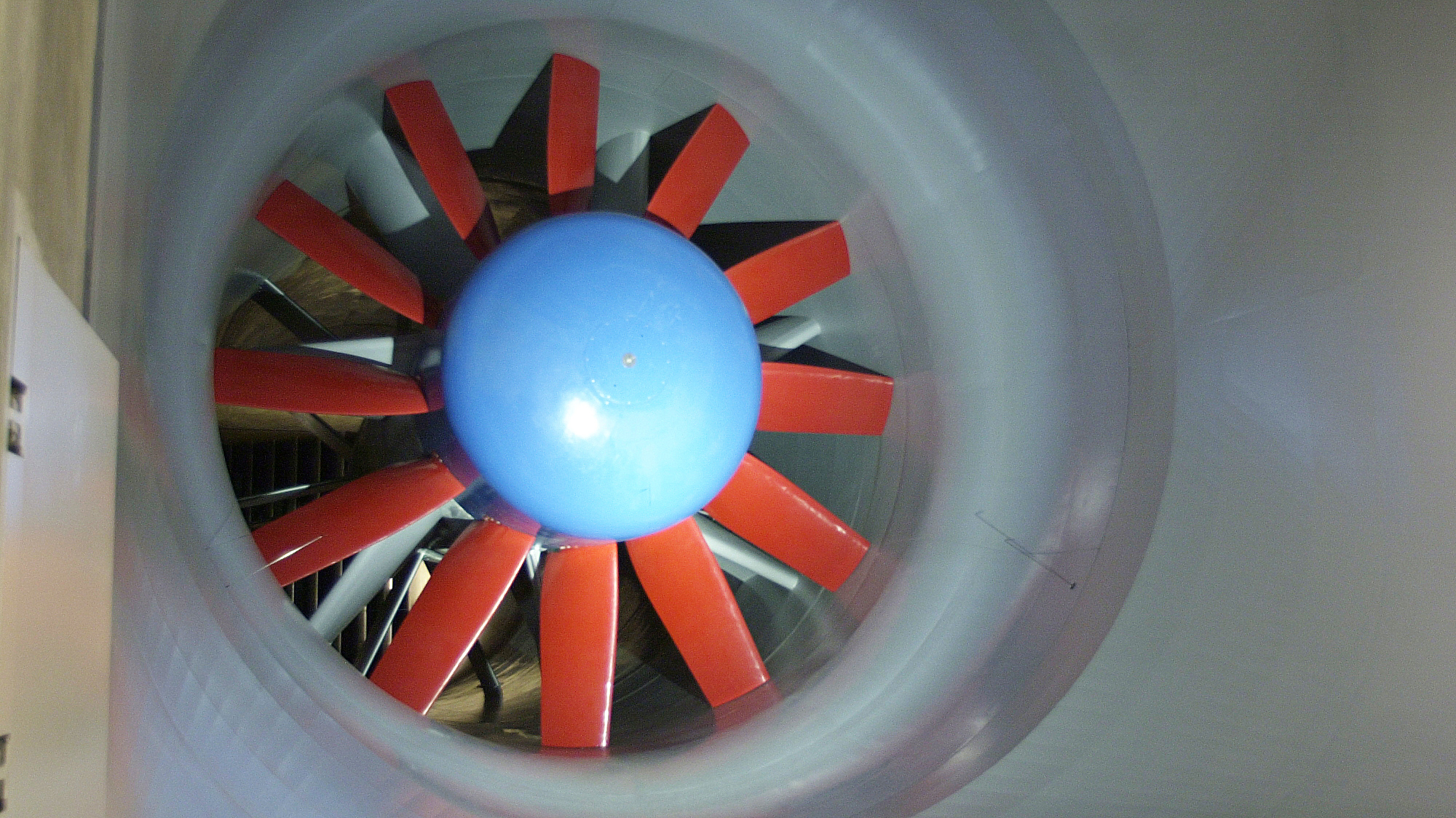
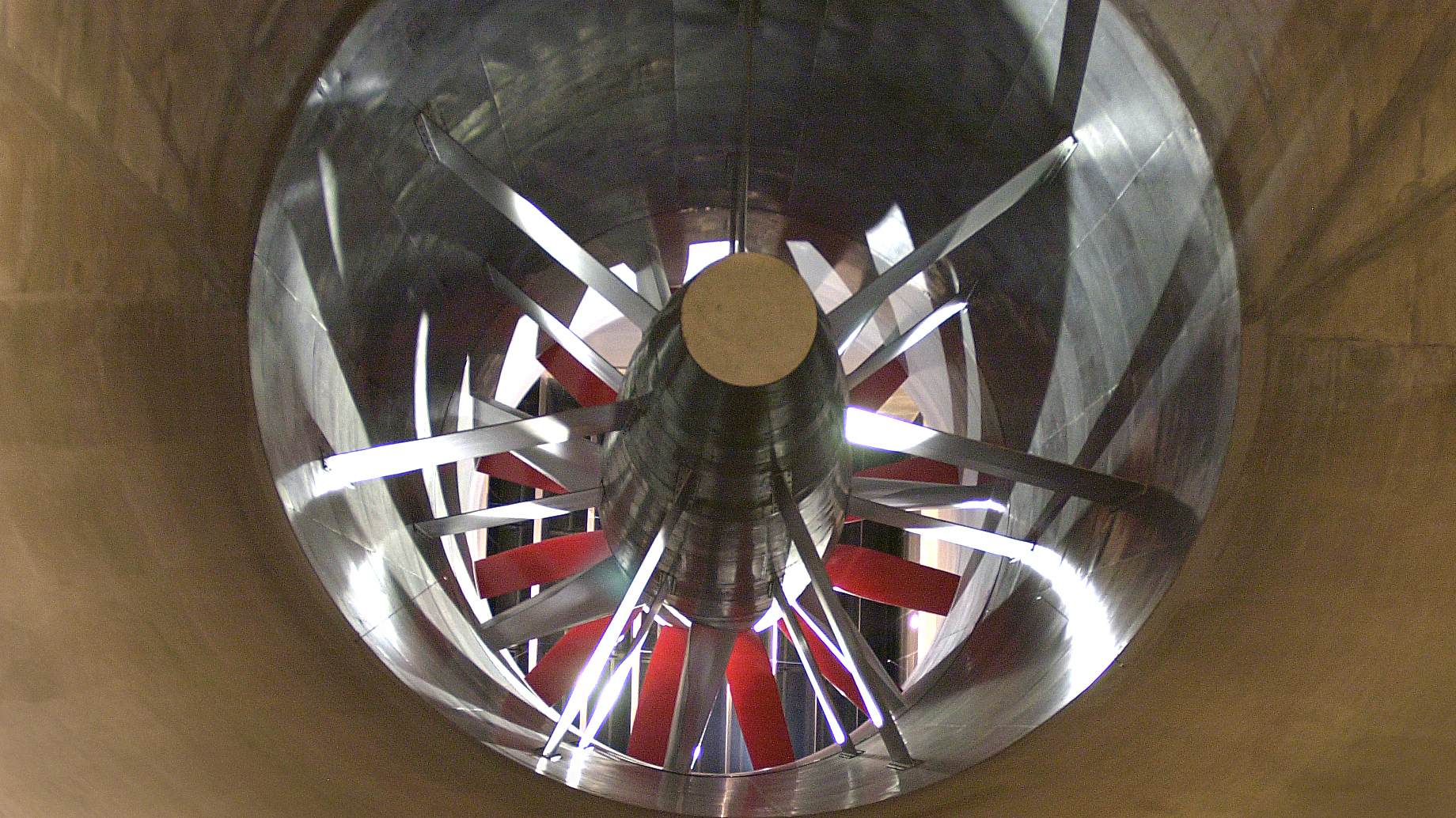
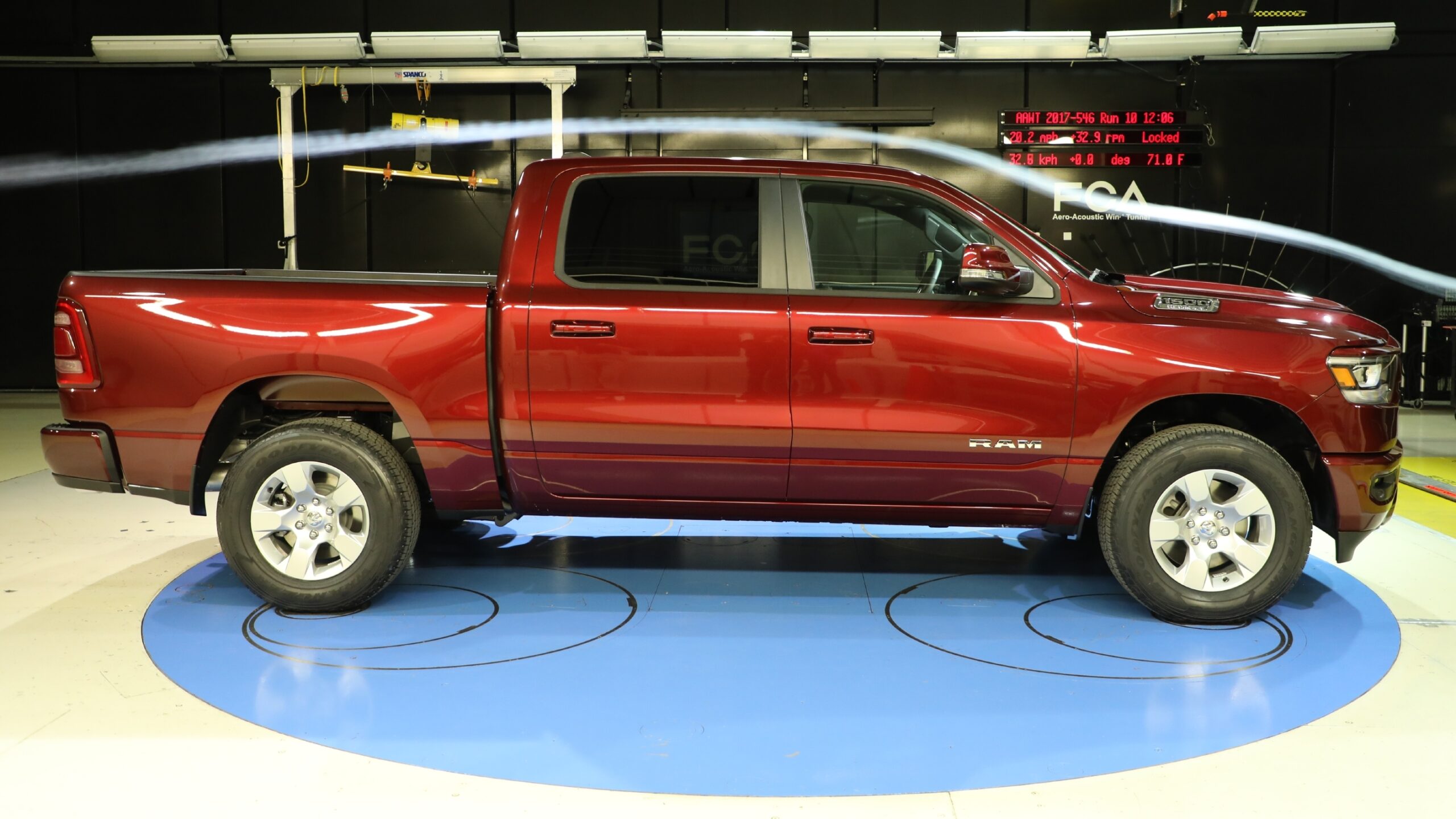
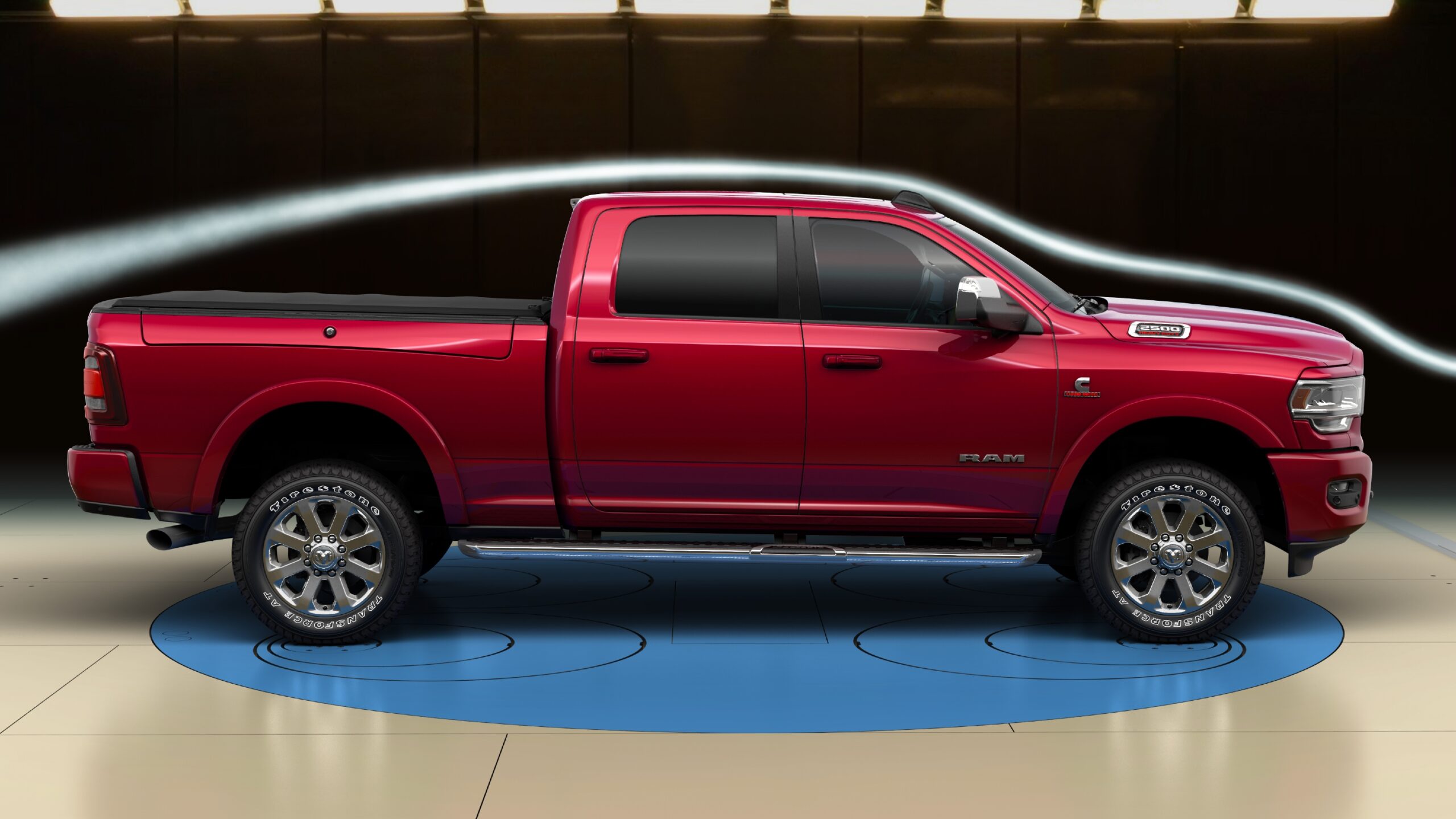
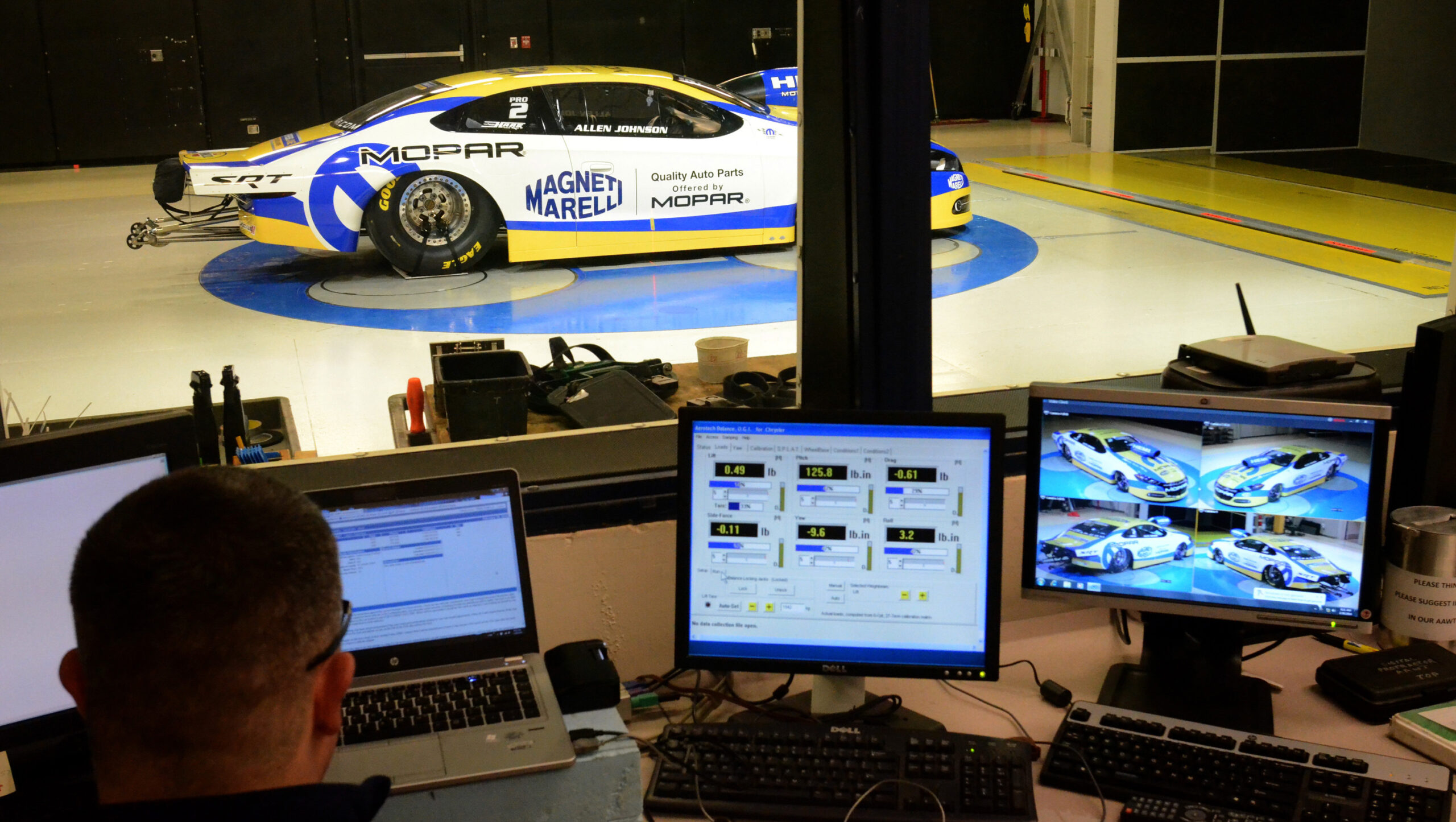

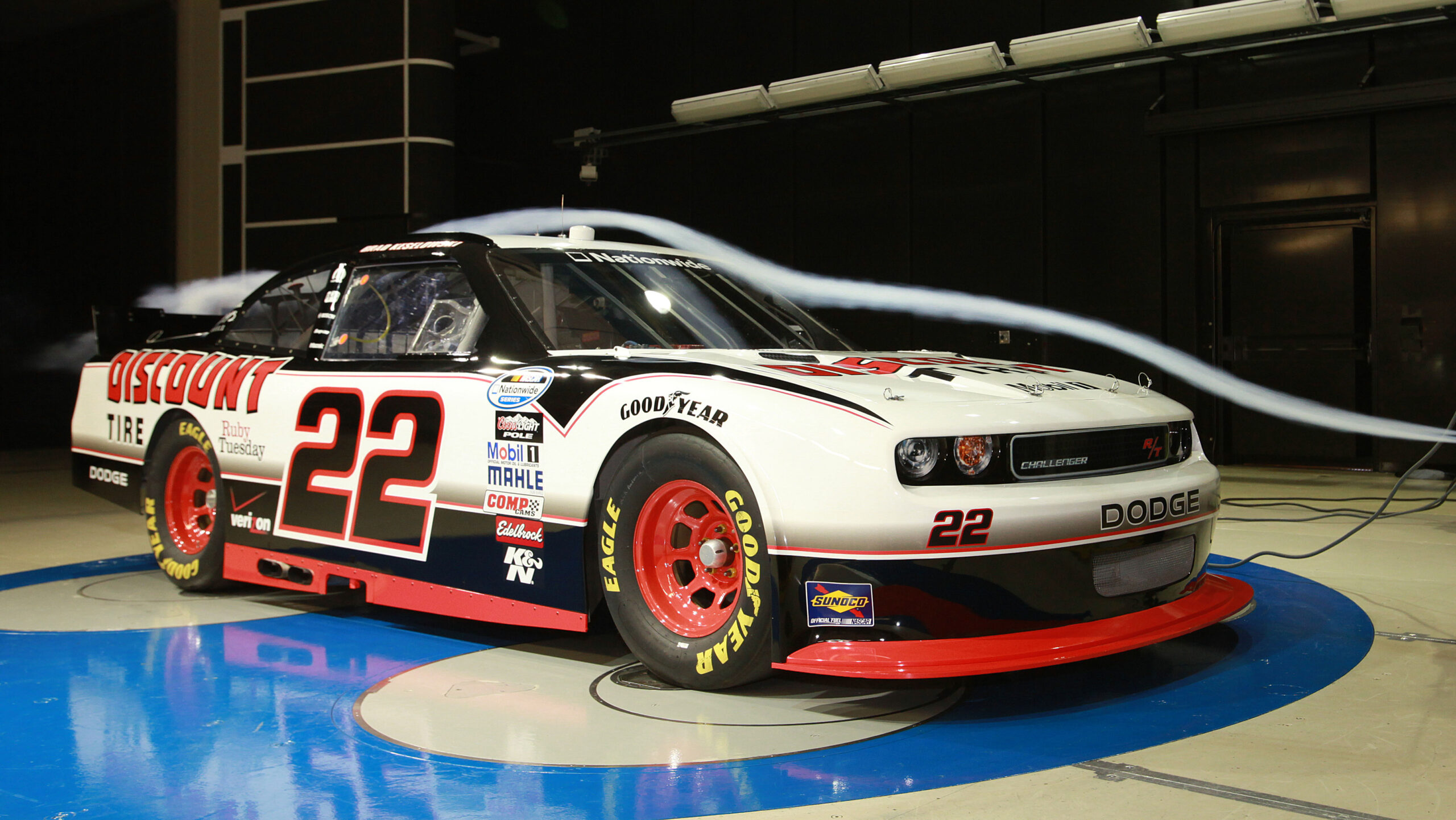
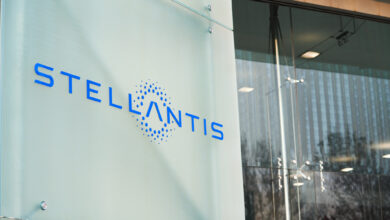
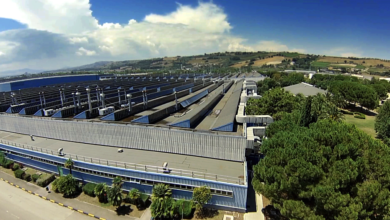
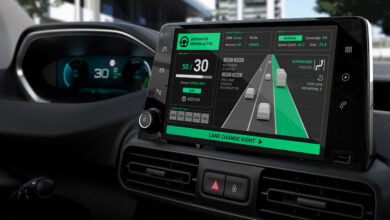

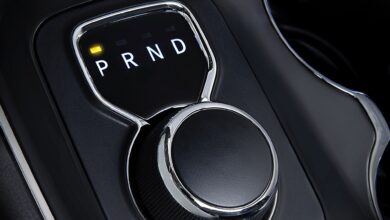
No replies yet
Loading new replies...
Join the full discussion at the Mopar Insiders Forum →